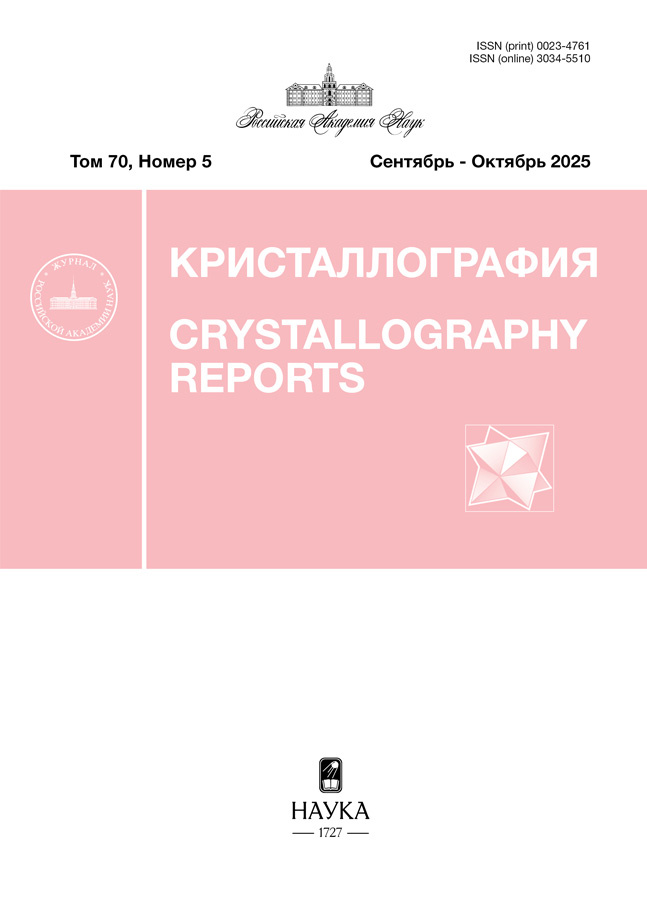Исследования структуры светособирающего пигмент-белкового комплекса LH2 из пурпурной серной бактерии Ectothiorhodospira haloalkaliphila методом криоэлектронной микроскопии
- Авторы: Бурцева А.Д.1, Баймухаметов Т.Н.2, Илясов И.О.1, Большаков М.А.3, Москаленко А.А.3, Бойко К.М.1, Ашихмин А.А.3
-
Учреждения:
- Институт биохимии им. А.Н. Баха, Федеральный исследовательский центр “Фундаментальные основы биотехнологии” РАН
- Национальный исследовательский центр “Курчатовский институт”
- Институт фундаментальных проблем биологии РАН, Федеральный исследовательский центр “Пущинский научный центр биологических исследований” РАН
- Выпуск: Том 68, № 6 (2023)
- Страницы: 881-887
- Раздел: СТРУКТУРА МАКРОМОЛЕКУЛЯРНЫХ СОЕДИНЕНИЙ
- URL: https://gynecology.orscience.ru/0023-4761/article/view/673272
- DOI: https://doi.org/10.31857/S0023476123600829
- EDN: https://elibrary.ru/GBGIUU
- ID: 673272
Цитировать
Полный текст
Аннотация
Первичные процессы фотосинтеза у пурпурных фотосинтезирующих бактерий происходят в светособирающих комплексах (Light-Harvesting, LH). В состав комплекса LH2 входят полипептиды, бактериохлорофилл и в большинстве случаев каротиноиды. Известны три пространственные структуры комплексов LH2 из пурпурных несерных бактерий, однако для пурпурных серных бактерий структуры с высоким разрешением не установлены. Описываются структурные исследования двух светособирающих комплексов LH2 из пурпурной серной бактерии Ectothiorhodospira haloalkaliphila, проведенные методом криоэлектронной микроскопии. Получены изображения каротиноидсодержащего (LH2+) и бескаротиноидного (LH2–) вариантов комплекса, демонстрирующие характерную архитектуру объектов данного типа. Проведена трехмерная реконструкция LH2+ с разрешением 4.5 Å, совпадающая с ранее установленной кристаллической структурой. Для LH2– показано наличие частиц различной морфологии.
Об авторах
А. Д. Бурцева
Институт биохимии им. А.Н. Баха, Федеральный исследовательский центр “Фундаментальные основы биотехнологии” РАН
Email: kmb@inbi.ras.ru
Россия, Москва
Т. Н. Баймухаметов
Национальный исследовательский центр “Курчатовский институт”
Email: kmb@inbi.ras.ru
Россия, Москва
И. О. Илясов
Институт биохимии им. А.Н. Баха, Федеральный исследовательский центр “Фундаментальные основы биотехнологии” РАН
Email: kmb@inbi.ras.ru
Россия, Москва
М. А. Большаков
Институт фундаментальных проблем биологии РАН, Федеральный исследовательский центр “Пущинский научный центр биологических исследований” РАН
Email: kmb@inbi.ras.ru
Россия, Пущино
А. А. Москаленко
Институт фундаментальных проблем биологии РАН, Федеральный исследовательский центр “Пущинский научный центр биологических исследований” РАН
Email: kmb@inbi.ras.ru
Россия, Пущино
К. М. Бойко
Институт биохимии им. А.Н. Баха, Федеральный исследовательский центр “Фундаментальные основы биотехнологии” РАН
Email: boiko_konstantin@inbi.ras.ru
Россия, Москва
А. А. Ашихмин
Институт фундаментальных проблем биологии РАН, Федеральный исследовательский центр “Пущинский научный центр биологических исследований” РАН
Автор, ответственный за переписку.
Email: kmb@inbi.ras.ru
Россия, Пущино
Список литературы
- McDermott G. et al. // Nature. 1995. V. 374. P. 517. https://doi.org/10.1038/374517a0
- Zuber H., Cogdell R.J. // Anoxygenic Photosynthetic Bacteria. Dordrecht: Kluwer Academic Publishers, 2004. V. 2. P. 315. https://doi.org/10.1007/0-306-47954-0_16
- Bahatyrova S. et al. // Nature. 2004. V. 430. P. 1058. https://doi.org/10.1038/nature02823
- Cogdell R.J. et al. // Quart. Rev. Biophys. 2006. V. 39. P. 227. https://doi.org/10.1017/S0033583506004434
- Gabrielsen M. et al. // The Purple Phototrophic Bacteria. Dordrecht: Springer Netherlands, 2009. V. 28. P. 135. https://doi.org/10.1007/978-1-4020-8815-5_8
- Moskalenko A.A., Karapetyan N.V. // Z. Naturforsch. C. 1996. B. 51. S. 763. https://doi.org/10.1515/znc-1996-11-1201
- Scheer H. // Chlorophylls and Bacteriochlorophylls. Dordrecht: Springer Netherlands, 2006. V. 25. P. 1–26. https://doi.org/10.1007/1-4020-4516-6_1
- Polyakov N.E., Leshina T.V. // Russ. Chem. Rev. 2006. V. 75. P. 1049. https://doi.org/10.1070/RC2006v075n12ABEH003640
- Theiss C. et al. // Biophys. J. 2008. V. 94. P. 4808. https://doi.org/10.1529/biophysj.107.121681
- Telfer A. et al. // Carotenoids. Basel: Birkhäuser Basel, 2008. V. 4. P. 265. https://doi.org/10.1007/978-3-7643-7499-0_14
- Frank H.A., Polívka T. // The Purple Phototrophic Bacteria. Dordrecht: Springer Netherlands, 2009. V. 28. P. 213. https://doi.org/10.1007/978-1-4020-8815-5_12
- Koepke J. et al. // Structure. 1996. V. 4. P. 581. https://doi.org/10.1016/S0969-2126(96)00063-9
- Papiz M.Z. et al. // J. Mol. Biol. 2003. V. 326. P. 1523. https://doi.org/10.1016/S0022-2836(03)00024-X
- Leiger K. et al. // J. Phys. Chem. B. 2019. V. 123. P. 29. https://doi.org/10.1021/acs.jpcb.8b08083
- Ашихмин А.А. и др. // Докл. РАН. 2013. Т. 453. С. 563. https://doi.org/10.7868/S0869565213350235
- Ashikhmin A. et al. // Photosynth. Res. 2014. V. 119. P. 291. https://doi.org/10.1007/s11120-013-9947-6
- Imhoff J.F. // Anoxygenic phototrophic bacteria, in: B. Austin (Ed.), Methods in Aquatic Bacteriology. Chichester: Wiley, 1988. 1988. P. 425. https://doi.org/10.1017/S0025315400043393
- Punjani A. et al. // Nat Methods. 2017. V. 14. P. 290. https://doi.org/10.1038/nmeth.4169
- Zheng S.Q. et al. // Nat Methods. 2017. V. 14. P. 331. https://doi.org/10.1038/nmeth.4193
- Punjani A. et al. // Nat Methods. 2020. V. 17. P. 1214. https://doi.org/10.1038/s41592-020-00990-8
- Pettersen E.F. et al. // J. Comput. Chem. 2004. V. 25. P. 1605. https://doi.org/10.1002/jcc.20084
- Gardiner A.T. et al. // Sci. Adv. 2021. V. 7. P. eabe4650. https://doi.org/10.1126/sciadv.abe4650
Дополнительные файлы














